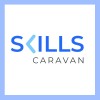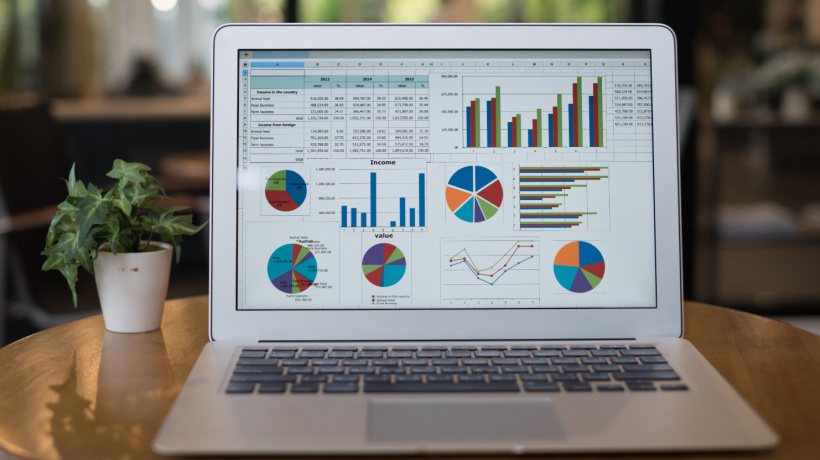A Comparison Between A Skills Matrix And A Competency Matrix
Many people misunderstand that a skills matrix and a competency matrix mean the same thing in workforce development. People analytics focuses on support, while talent analytics helps with achieving objectives. A skills matrix is mainly used to show the talent of employees according to their technical or job skills. With it, we notice where skills are lacking, organize training sessions, and allot work that matches each person's abilities. Alternatively, a competency matrix focuses on a wider area by matching employees' competencies to both job role demands and the company's values, behaviors, and future preparedness.
Whereas a skills matrix focuses on what a person can do, a competency matrix focuses on whether they can lead projects, work with others from various departments, and cope with uncertainty. An executive summary is quick and to the point, but a strategic perspective considers everything. For this reason, we need to mind this difference when planning Learning and Development or making choices about how to manage movements within a company, set up succession plans, or update roles to match new business needs.
What Is A Skills Matrix And How Is It Used?
A skills matrix is a structured visualization, often a grid or table, that maps employees' current skills against those required by their roles or projects. It is typically used by HR teams, project managers, or team leads to:
- Assess current skill levels of team members.
- Identify critical skill shortages or gaps.
- Plan targeted upskilling or reskilling initiatives.
- Allocate resources based on skill availability.
Often, each skill in the matrix gets a score between beginner and expert, either given by the individual, the manager, or measured through skills assessments. Skills data is already being used to guide training strategies by 46% of L&D leaders in 2024, compared to 36% in 2022, according to a LinkedIn report. This increase demonstrates that having a skills matrix is now standard in planning agile workforces.
Still, the skills matrix concentrates only on particular skills and misses others. Skills and know-how are examined, though it does not include behavioral factors that could play a role in how well a person does at their job. For this reason, the competency matrix is so important.
Defining The Competency Matrix: A Strategic Perspective
The competency matrix is built on the skills matrix by bringing together expected behaviors, what the organization stands for, and job roles organized under a strong competency frame. While the skills matrix is linked to closing skill gaps, the competency matrix aims to match each employee's development with the overall direction of the organization.
A competency matrix includes not only what people do in their job, but also how they are expected to behave and think. Instead of only having skills in project scheduling and risk management, a good project manager can also use strategic thinking, influence, and collaborate across different teams. To evaluate these competencies, behavioral descriptions are used, often confirmed by input from all sides and records of achieved goals.
McKinsey reported that those companies that apply a competency framework to their HR system see employees engage 30% more and build their leadership team 20% faster (according to the source). Clearly, creating a competency matrix is useful for both learning about a team's skills and preparing the team for what lies ahead.
Skills Matrix Vs. Competency Matrix: A Functional Comparison
While both matrices are valuable, understanding their functional differences can help organizations choose the right approach based on their goals. Here's how they compare in a professional context:
- Focus area
A skills matrix focuses on what people can do—specific technical or role-related capabilities. A competency matrix focuses on how people perform their roles and interact with others. - Assessment method
Skills are often self-assessed or tested using proficiency scales. Competencies are evaluated through behavioral examples, feedback, and sometimes psychometric testing. - Application scope
Skills matrices are mostly used in short-term resourcing, project assignments, or training needs. Competency matrices guide performance reviews, succession planning, and cultural alignment. - Integration with a competency framework
A skills matrix may operate in isolation. A competency matrix is almost always part of a broader competency framework, making it more strategic and aligned with business outcomes.
When used together, both tools can offer a 360-degree view of workforce potential. For instance, using a skills matrix for daily operations and a competency matrix for career pathing creates a balanced development ecosystem.
The Role Of A Competency Framework In Shaping Talent Strategy
A competency framework is the foundation on which competency matrices are built. It defines the core competencies required across roles and levels within an organization, often grouped into categories like cognitive, interpersonal, and leadership competencies. These frameworks ensure consistency, transparency, and objectivity in evaluating performance and development.
Competency frameworks typically include:
- Core competencies: Applicable to all employees, such as communication or teamwork.
- Functional competencies: Specific to job roles or departments.
- Leadership competencies: Focused on strategic thinking, decision making, and influence.
IBM and Google are good examples of organizations using a competency framework in both performance evaluation and for their recruiting, starting employees, and promotions. The report finds that around 72% of highly successful companies have upgraded their competency models in recent years to meet digital and hybrid workforce expectations.
If a strong framework is used, company culture is adopted by employees, unnecessary bias is avoided, and advancement depends on each person's accomplishments.
Which One Should You Use? Do You Need Both?
How mature your organization is, what your main aims are, and what issue needs solving will determine whether to use a skills matrix or a competency matrix. Should you want to speed up your project execution or immediately address urgent training, a skills matrix will help you with useful and quick insights. For developing talent or strengthening your culture in the long term, you'll want to rely on a competency matrix that is created using a key competency framework.
Today, several organizations use both of these systems together. As an example, a skills matrix can point out someone who could oversee a sprint, and a competency matrix would show a product team that has the potential and appropriate skills to lead a new product line.
Combining these tools within a talent management system creates operational efficiency and allows companies to adjust well to sudden changes in the recruitment field.
Final Thoughts
Understanding the difference between a skills matrix and a competency matrix is key to developing a team that can succeed, respond to change, and keep up with the future. The skills matrix is concerned only with a worker's current job role and output, whereas the competency matrix looks into behavior and possible growth in all competencies. Strategic use of both parts can help teams, managers, and workers achieve the business's future goals while making their own careers more satisfying.
If your organization cares about developing its people, now you must shift from checking skills to promoting competencies. That difference may decide whether your organization excels in the years ahead.









